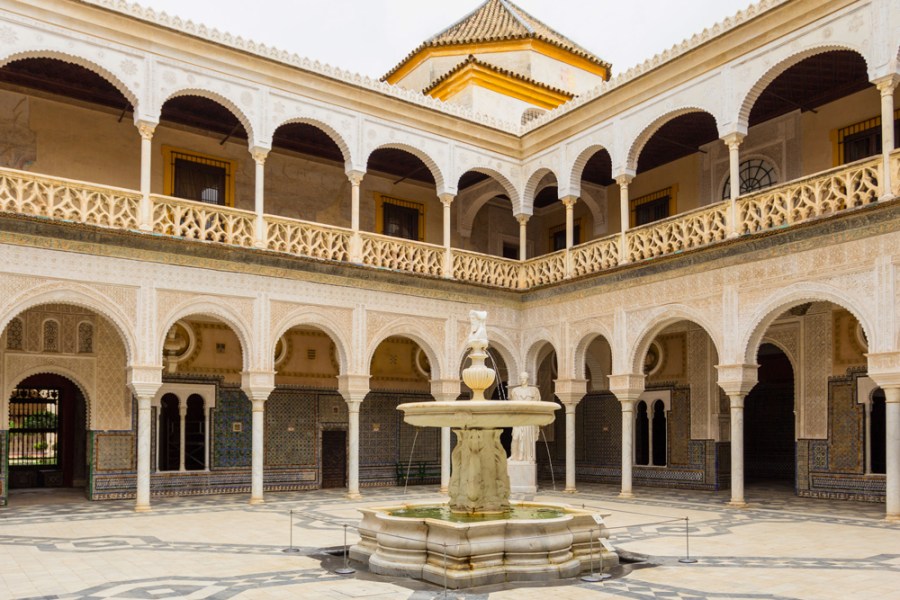From the July/August 2025 issue of Apollo. Preview and subscribe here.
A recent trip to Seville reminded me that the city is full of exceptional house museums. Perhaps the finest example is the modestly named Casa de Pilatos (Pilate’s House). It is in fact the permanent residence of the dukes of Medinaceli, built in the 16th century and widely considered to be the proto-type of the Andalusian palace. Visitors can see the array of tiles designed by the brothers Pulido, each pattern looking strangely out of time, as if either from the distant past or presciently modern; the fountains adorned with ancient Roman statues; and the intricate courtyard gardens. None of these individual parts, however, quite captures the spirit of the whole palace, an extraordinary mix of Renaissance classicism and Mudejar rooms.
This blend could be considered a question of style or taste, or it could be seen as the accretions of history. For many visitors, it is these layers, frequently described in terms of interior design, that are the main attraction. They want to reproduce the look, or at least encounter its authenticity.
This points to a problem inherent in all house museums. If you are visiting a house because it offers a taste of history more direct than an object displayed in a vitrine, then what are you actually looking at? Like many house museums, the Casa de Pilatos has undergone refurbishments. In 2018 the Factum Foundation, renowned for its digital scanning and fabrication processes, undertook a complete scan of the building. The work means that there is an exact record of the house as it stood in 2018, but is that the definitive model? If the technology had existed earlier would that model be more important than the 2018 one?
There are always questions – and indeed rows – about who has the authority to declare a specific moment in an ever-changing history the most important. House museums have what we might call a Ship of Theseus problem, after the philosophical thought experiment: if parts of a whole are replaced and adjusted over time, where does its true identity lie? The question preoccupies the organisations that have to look after the houses; in the UK this is usually the National Trust or its Scottish equivalent. But a less discussed issue relates to geography. Part of the attraction in visiting a house museum is to see how the building and objects appear in situ. This isn’t mere pedantry; rather, an acknowledgement that the way we read an artwork is influenced by where we are doing the reading.
Geography is obviously also a factor in museums that organise their collections by region. Normally the categories are so large as to help the viewer in only the vaguest sense: ‘Europe’, for example, is not a very specific term. By contrast, the ‘Siena’ exhibition that has just closed at the National Gallery was a great example of how a sense of place can foster greater understanding of works of art. With exhibitions organised around artists, geography is often reduced to a sketchy line map on a wall text. Yet, as many house museums show, sometimes the estate agents are right: it really is about location, location, location.
From the July/August 2025 issue of Apollo. Preview and subscribe here.
